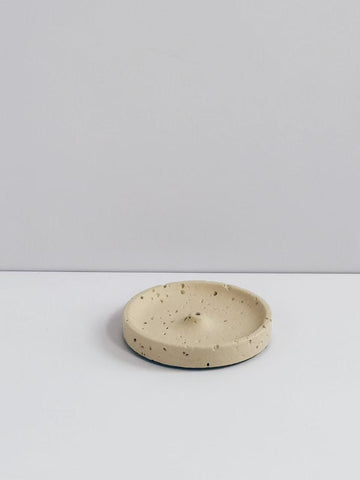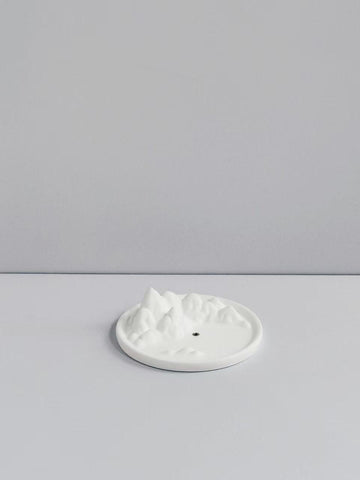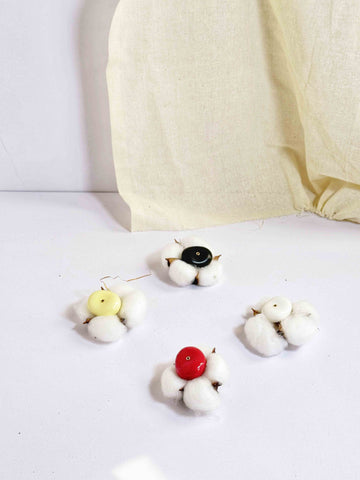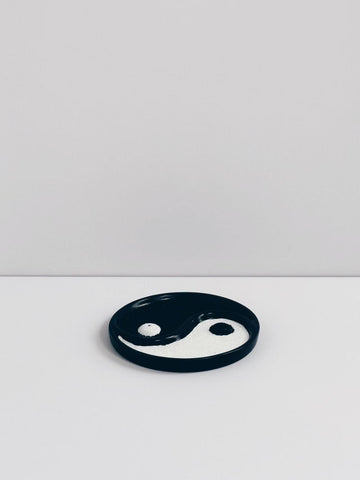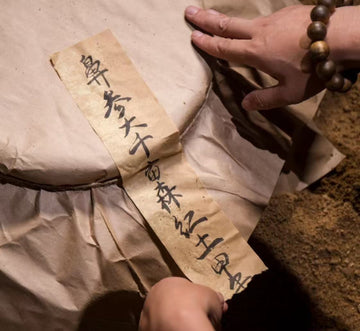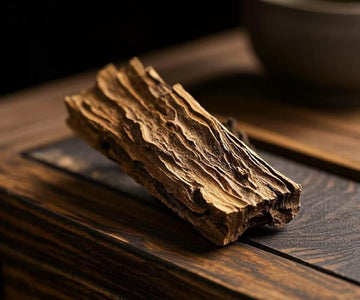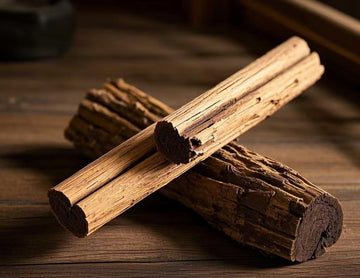Incense has been an integral part of various cultures for centuries. Whether used for meditation, relaxation, spiritual practices, or simply to create a pleasant ambiance, incense sticks continue to be a favorite among enthusiasts. As incense culture evolves, it has also become a modern lifestyle element, with people wearing incense-infused bracelets and beads as accessories.
One common question incense users often ask is: "How long does an incense stick burn?" The answer depends on multiple factors, including the type, composition, length, and burning conditions of the incense. In this article, we will explore the burn time of different incense sticks, their historical significance, and how to choose the best incense for your needs.
Factors Affecting Incense Stick Burn Time
1. Type of Incense Stick
The structure and composition of incense sticks significantly impact how long they burn. The two primary types are:
-
Coreless Incense (China, Japan, Tibet): These incense sticks do not contain a bamboo core and are made purely of incense powder and binding agents. They burn evenly and produce a more refined aroma without the additional scent of burning bamboo. Chinese traditional incense, Japanese Kōdō incense, and Tibetan incense fall into this category.
-
Bamboo Stick Incense (India, Southeast Asia): These incense sticks have a bamboo core, with incense material wrapped around it. When burned, the bamboo also smolders, sometimes altering the fragrance. Indian incense (Agarbatti) is the most common example.
2. Length and Thickness of Incense Sticks
The physical size of the incense stick directly affects its burn time:
-
Short incense sticks (10-15 cm): Burn for about 10-25 minutes.
-
Standard incense sticks (21 cm, like traditional Chinese incense): Burn for around 45 minutes.
-
Long incense sticks (25-30 cm): Can burn between 50-70 minutes.
-
Extra-long incense sticks (over 50 cm): Some can last for several hours.
For example, Memoricall incense sticks, which follow traditional Chinese craftsmanship, have a standard length of 21 cm and burn for approximately 45 minutes—a duration that has been culturally significant for centuries.
3. Composition and Quality
The ingredients used in incense production also affect burn time:
-
High-quality, natural incense (e.g., sandalwood, agarwood) burns at a steady rate with minimal smoke.
-
Incense with higher binder content (e.g., makko powder) burns slower but produces more ash.
-
Synthetic or heavily processed incense may burn unevenly and could emit artificial scents.
4. Ventilation and Humidity
Environmental conditions play a role in incense burn duration:
-
In well-ventilated areas, incense tends to burn faster as oxygen supply increases.
-
In humid conditions, incense may absorb moisture, causing slower burning.
The History of Incense as a Timekeeper
In ancient China, incense sticks were used for timekeeping—a practice known as the "incense clock" (香时计). Without modern clocks, people relied on incense with precisely calculated burn times to measure durations for meditation, study, or official duties. The standard one-stick time measurement was 45 minutes, which remains the typical burn time for pure Chinese incense today.
This timekeeping method was later adopted in Japan, where incense played a central role in traditional Kōdō (香道, "The Way of Incense"), an art form dedicated to appreciating different aromas. Interestingly, while incense traveled from China to Japan, the Japanese adapted their own techniques, leading to more refined, coreless incense varieties that burned more slowly.
Modern Incense Burn Times Across Cultures
| Type of Incense | Average Burn Time |
|---|---|
| Short incense sticks (Japan, Tibet) | 10-25 minutes |
| Standard Chinese incense (21 cm, coreless) | 45 minutes |
| Indian Agarbatti (bamboo-core) | 25-40 minutes |
| Japanese Kōdō incense (high-quality, coreless) | 30-50 minutes |
| Long incense sticks (25+ cm) | 50-70 minutes |
| Extra-large incense sticks (60+ cm) | 2+ hours |
Many bamboo-core incense sticks (e.g., Indian incense) burn slightly longer due to the bamboo inside, while pure wood-based incense (e.g., Chinese and Japanese incense) maintains a more predictable and refined burn time.
For those who enjoy long-lasting fragrances without excessive smoke, traditional coreless incense is a superior choice.
How to Optimize Your Incense Burning Experience
If you want to make the most of your incense-burning ritual, consider the following:
-
Choose the right incense for the occasion: If you are meditating, 45-minute incense is ideal. If you want a quick refresh, a 10-minute stick works better.
-
Ensure proper airflow: Burning incense in a room with moderate ventilation allows for optimal fragrance diffusion.
-
Use a quality incense holder: A well-designed incense burner not only supports the stick but also catches the falling ash safely.
-
Store incense in a dry place: Humidity affects burn time, so keep incense in an airtight container to maintain its quality.
Finding the Perfect Incense for You
So, how long does an incense stick burn? The answer depends on its type, length, composition, and environmental factors. Traditional Chinese incense burns for about 45 minutes, while Indian bamboo-core incense burns slightly longer due to its construction. Japanese and Tibetan incense are often more delicate and may burn for shorter durations.
For those seeking a natural and high-quality incense experience, consider exploring Memoricall incense sticks, made from pure, natural ingredients without harmful additives. Our carefully designed incense follows the traditional 45-minute burn time, allowing you to fully immerse yourself in a moment of peace, reflection, and relaxation.

